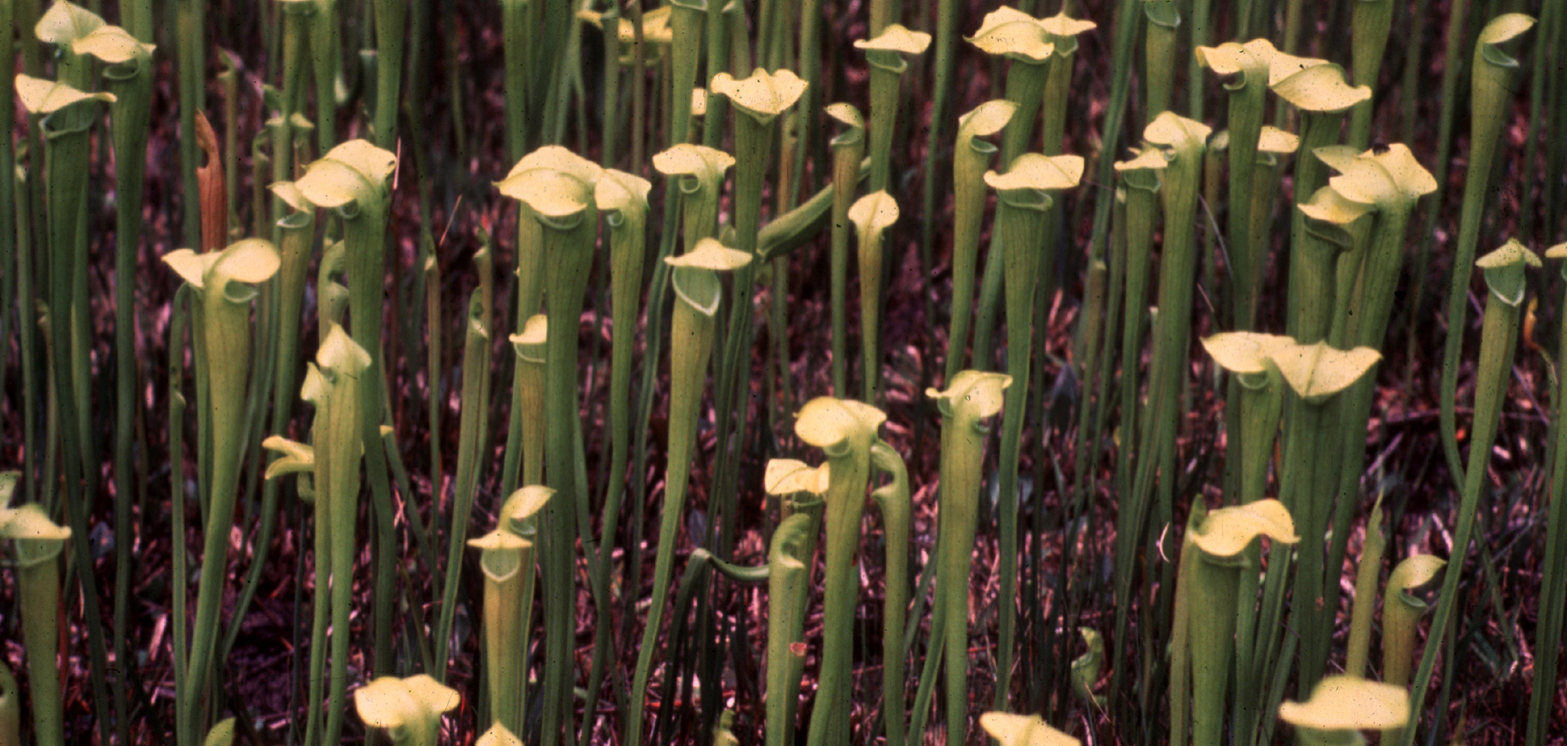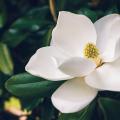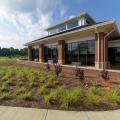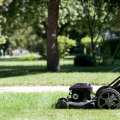Creating a Bog Garden

Bog gardens can be a fascinating addition for children and adults in the home landscape. Carnivorous pitcher plants (Sarracenia), butterworts (Pinquicula), sundews (Drosera), and other colorful and interesting wildflowers can be easily grown in cultured conditions. Many of these wetland plants are fairly small in size and suitable for patio containers or wet garden areas.
The most important element in the location of a bog garden is providing adequate sunlight. Bog plants require full sun for at least six hours a day. In addition, these plants will perform best in a moist, acidic soil with plenty of water during the growing season.
Building a Bog
An easy way to establish bog plants is to take advantage of an existing wet sunny area on your property. Road ditches, gutter runoff areas, pond edges and overflows, muddy areas, and waste treatment systems are often neglected places that could be planted to provide interest.
To build a bog garden on a dry site, dig a shallow area around twelve inches deep and place a quality pond liner along the bottom. Be sure to poke large holes along the sides of the liner to allow the bog garden to drain. Many bog gardeners make the mistake of not providing adequate drainage which can create stagnant water conditions, and the plants will not grow.
For a soil medium, use an 80% coarse peat moss and 20% sharp sand combination. Wet the mixture thoroughly and it will be ready to plant. Bog gardens can also be successfully grown in the shallow areas of small pools and ponds. Place the plants with the top of the container just at or slightly above the water surface.
Container Bogs
Smaller bog gardens can be easily created with containers. Use a container at least eight inches deep and twelve inches wide. Use the same soil mix as described above. Place a saucer underneath the pot and keep filled with water to allow the soil medium to stay moist. Smaller containers are difficult to maintain as they dry easily.
Bog plants are surprisingly easy to grow if provided the correct conditions, and will delight you and your family for years to come. Recommended Bog Plants:
|
COMMON NAME |
SCIENTIFIC NAME |
FLOWERING |
|
Colic root |
Aletris lutea |
Yellow summer flowers |
|
Red milkweed |
Asclepias lanceolata |
Red summer flowers |
|
Swamp sunflower |
Helianthus angustifolius |
Yellow fall flowers |
|
White-topped sedge |
Dichromena colorata |
White summer flowers |
|
Lady's hatpin |
Eriocaulon decangulare |
White summer flowers |
|
Yellow candyroot |
Polygala lutea |
Yellow summer flowers |
|
Balduina |
Balduina uniflora |
Yellow summer flowers |
|
Joe-pye |
Eupatoriadelphus fistulosus |
White fall flowers |
|
Cardinal flower |
Lobelia cardinalis |
Red fall flowers |
|
Pine hibiscus |
Hibiscus aculeatus |
White summer flowers |
|
St. John's wort |
Hypericum brachyphyllum |
Yellow summer flowers |
|
Blazing star |
Liatris elegans |
Purple fall flowers |
|
Pine lily |
Lilium catesbaei |
Red summer flowers |
Publications may download photo at 200 d.p.i.
These factsheets were written by Robert F. Brzuszek, Assistant Extension Professor, The Department of Landscape Architecture, Mississippi State University.
Publications
News
Landscape design and natural landscape enthusiasts will gather at Mississippi State University to perfect their craft and learn from other experts, an annual event happening this year on Oct. 18. The 68th Edward C. Martin Landscape Symposium will be held from 8:30 a.m. to noon at the Bost Auditorium at MSU.
May is here and you know what that means, it’s go time!



